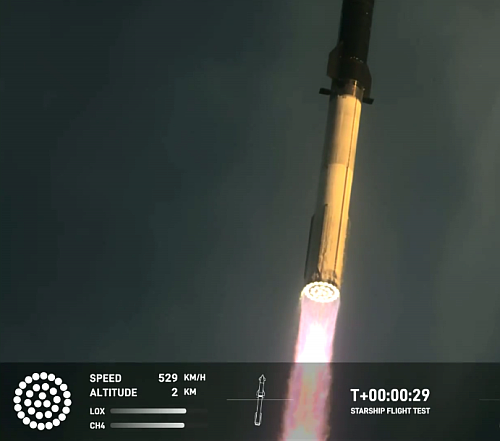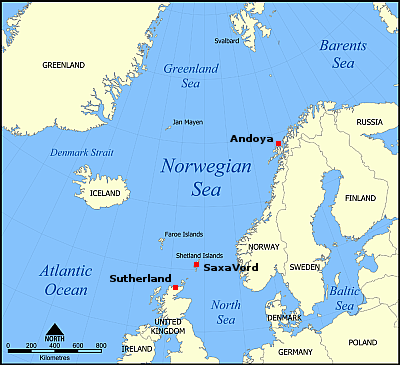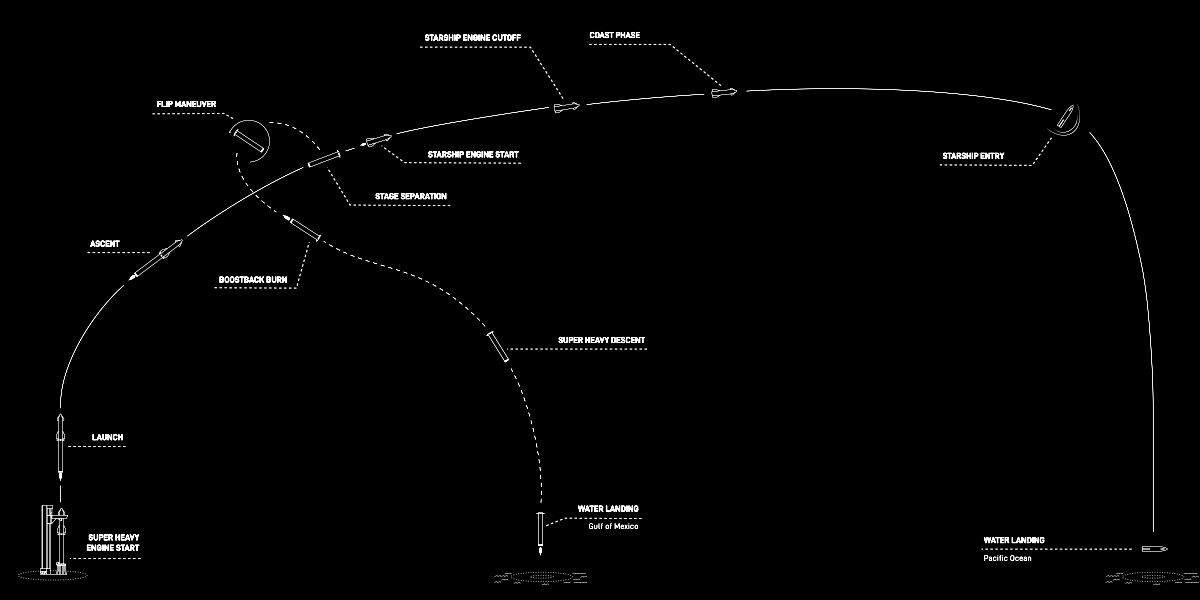Space industry expresses opposition to White House regulatory proposal
Not surprisingly, the Commercial Spaceflight Federation (CSF), the industry group that represents pretty much the entire new commercial space business, has sent a letter to both the House and Senate expressing strong opposition to the November 15th White House regulatory proposal that would impose heavy regulation on both launches and the construction of any private facility in space.
“We oppose the recently released National Space Council (NSPC) proposal on the topic in its current form, which fails to consider the points that CSF and many other stakeholders raised during the NSPC listening sessions last year,” CSF said in its letter to Congress.
The organization raised several concerns, including how responsibilities would be split between the two departments and the potential for “duplicative and conflicting” requirements between Commerce and Transportation. “For some operations, it is unclear which agency would hold the authority to issue a relevant license, or if multiple licenses would be needed,” it stated.
The group is concerned about giving additional responsibilities to the FAA’s commercial space transportation office without also significantly increasing its budget, noting that the office is struggling to keep up with its current launch and reentry licensing. At an October hearing of the Senate Commerce Committee’s space subcommittee, industry officials recommended increasing that office’s budget to handle launch licensing work, without any discussion of it taking on additional responsibilities.
CSF was also worried that the proposed mission authorization system could disrupt plans by NASA to shift from the International Space Station to commercial stations by the end of the decade. “Introducing a bifurcated and unclear regulatory regime for commercial space stations,” the letter stated, “could risk U.S. leadership in low-Earth orbit.”
Apparently the entire space industry came to the same conclusion I did after reading the White House proposal after its release:
Essentially, these new rules — purposely written to be vague — will allow the government to forbid any activity in space by private citizens it chooses to forbid. No private space station could launch without government approval, which will also include the government’s own determination that the station will be operatied safely. Once launched, the vagueness of these regulations will soon allow mission creep so that every new activity in space will soon fall under its review.
Since no one in the government is qualified to supervise things like this, in the end politics and the abuse of power will be the rule.
It must be noted that the entire Democratic Party caucus in the House apparently approves of this power grab, because they immediately abandoned all support of the previously negotiated proposal that the industry and Congress had worked out and a House committee was about to pass. Their opposition forced that committee vote to be canceled. According to that committee, it will resume its consideration of that bill today. We shall see if this industry opposition changes any of their minds.
Not surprisingly, the Commercial Spaceflight Federation (CSF), the industry group that represents pretty much the entire new commercial space business, has sent a letter to both the House and Senate expressing strong opposition to the November 15th White House regulatory proposal that would impose heavy regulation on both launches and the construction of any private facility in space.
“We oppose the recently released National Space Council (NSPC) proposal on the topic in its current form, which fails to consider the points that CSF and many other stakeholders raised during the NSPC listening sessions last year,” CSF said in its letter to Congress.
The organization raised several concerns, including how responsibilities would be split between the two departments and the potential for “duplicative and conflicting” requirements between Commerce and Transportation. “For some operations, it is unclear which agency would hold the authority to issue a relevant license, or if multiple licenses would be needed,” it stated.
The group is concerned about giving additional responsibilities to the FAA’s commercial space transportation office without also significantly increasing its budget, noting that the office is struggling to keep up with its current launch and reentry licensing. At an October hearing of the Senate Commerce Committee’s space subcommittee, industry officials recommended increasing that office’s budget to handle launch licensing work, without any discussion of it taking on additional responsibilities.
CSF was also worried that the proposed mission authorization system could disrupt plans by NASA to shift from the International Space Station to commercial stations by the end of the decade. “Introducing a bifurcated and unclear regulatory regime for commercial space stations,” the letter stated, “could risk U.S. leadership in low-Earth orbit.”
Apparently the entire space industry came to the same conclusion I did after reading the White House proposal after its release:
Essentially, these new rules — purposely written to be vague — will allow the government to forbid any activity in space by private citizens it chooses to forbid. No private space station could launch without government approval, which will also include the government’s own determination that the station will be operatied safely. Once launched, the vagueness of these regulations will soon allow mission creep so that every new activity in space will soon fall under its review.
Since no one in the government is qualified to supervise things like this, in the end politics and the abuse of power will be the rule.
It must be noted that the entire Democratic Party caucus in the House apparently approves of this power grab, because they immediately abandoned all support of the previously negotiated proposal that the industry and Congress had worked out and a House committee was about to pass. Their opposition forced that committee vote to be canceled. According to that committee, it will resume its consideration of that bill today. We shall see if this industry opposition changes any of their minds.





